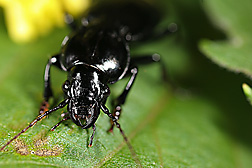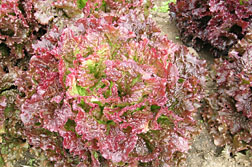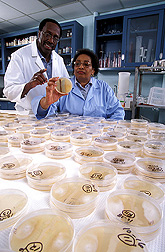
"University of California Cooperative Extension has launched a new Web site at http://ucce.ucdavis.edu/farmbusinessandmarketplace to help new and established small- to medium-scale farmers of fresh products with the business and marketing aspects of their operations.
The Web site is designed for people who are considering farming, and those who have been in the business for quite a while and wish to refresh or enhance their skills. It was designed with Central Coast farmers in mind, but is applicable in most parts of the state. The site aggregates information from the University of California and other universities and agricultural affiliates from around the nation"
More »
Source: University of California Agriculture and Natural Resources
http://news.ucanr.org/newsstorymain.cfm?story=1250
Looking for effective advance fertilizers, plant nutrients and soil amendments? Please visit our website at www.ferticell.com or call (602)233-2223.







